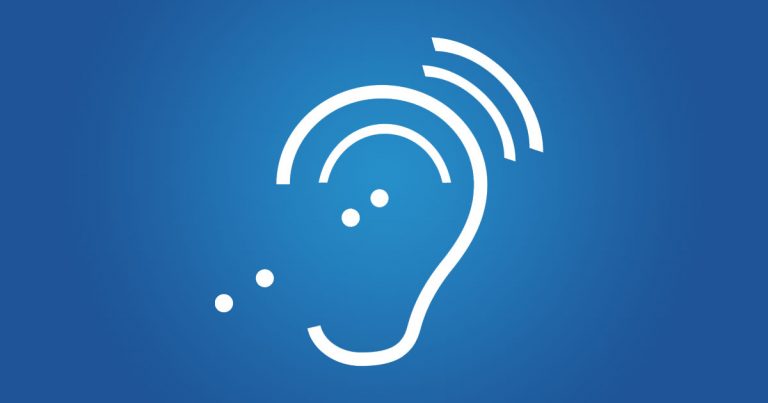Assisted Listening Systems are an ADA requirement, but new technology developments go beyond compliance to improved user-experience.
Why Include ALS?
Assisted Listening Systems (assistive listening systems) have been required by the Americans with Disabilities Act (ADA) since 1990 (updated in 2010). However, only recently have manufacturers made improvements to overcome some major roadblocks; not the least of which is poor utilization by the very people for whom the systems are provided. Thanks to the proliferation of WiFi and smart devices, the ability to improve, increase, or maintain hearing accessibility is making its way from specialized equipment to ubiquitous building technology. Likewise, we’re seeing movement from design for hearing impairments to improved user experiences.
Three Older ALS Types and a New Solution
Induction Loop – or Hearing Loop works with Telecoil (T-Coil) enabled hearing aids, cochlear implants, and earpieces. A flat copper tape mounted under carpet or a wire buried in the floor forms a loop around a designated area. The loop transmits audio using an electromagnetic field (magnetic induction) and connects directly to a personal hearing aid.
Infrared – users carry a small IR receiver, and wear headphones or an earpiece, receiving audio from the source transmitted by light waves. This is the same line-of-sight technology that sends information back and forth between your TV and remote.
Radio Frequency – an RF system provides a larger range to pick up audio with a loaned receiver/headset, or hearing aids and cochlear implants (with an additional lanyard).
All three systems above have challenges around reliance on older technology, high cost of implementation, quality, interference, security, broken or lost equipment, hygiene, and the stigma of strange-looking devices.
Wi-Fi – yes, the same WIFI that your wireless phones and computers use delivers an audio signal over a local network. It turns the smartphone or tablet already in your hand, pocket, or purse into an assisted listening device. This fairly recent improvement relieves many of the worries of each older system above.
There’s no need for a buried loop, line-of-sight, unhygienic shared-headphones, or odd equipment. By leveraging the already present and ubiquitous Wi-Fi network, users can securely connect to the ALS from their own smart-devices. They can continue using personal earbuds and headphones, or Bluetooth hearing aids, all while staying connected to the internet and apps.
Whether improving access for hearing loss or not, building owners can improve user-experience with greater intelligibility and freedom from distraction. Many systems offer multiple channels for simultaneous language interpretation. Spaces like gyms and cardio rooms, waiting rooms, and other common areas can include TV audio and information.
System Selection
When we specify ALS for a project, we take all these criteria into consideration against the budget and user needs. Cost of implementation is especially important in renovations where some solutions may not be practical. Likewise, are the users comfortable with new technology, or is it easier to add on to something they already have? Do people feel comfortable using shared headsets, or prefer their personal devices? What options can be used cross-platform? What’s the cost of ownership when a system is not being used? Are we also at the point where more are savvy in the use of smartphones and apps?
AV designers with CTS-D certifications keep tabs on the changing technology, as well as considerations for your projects to help you leverage the best options for the needs of the visitors and occupants in your buildings. They can help you sort through the signal-to-noise of assisted listening systems, both literally and figuratively.
Beyond Performance Spaces
With the emergence of Wi-Fi enabled systems and apps, consider the benefit of an ALS system beyond the mandated spaces. What about bank teller windows, ticket booths, ATM locations, public transportation, classrooms, restaurants, conference centers, and non-mandated entertainment venues? As you look beyond ADA compliance and toward a truly barrier-free environment, assisted listening supports not just those with clinical hearing loss but all users.
More than following ADA regulatory standards, ALS technology provides an improved experience. Working with a qualified audiovisual consultant will help you think through the ways technology can improve the influence of the spaces and buildings you create.
For more information on ADA standards, see ADA.gov.
